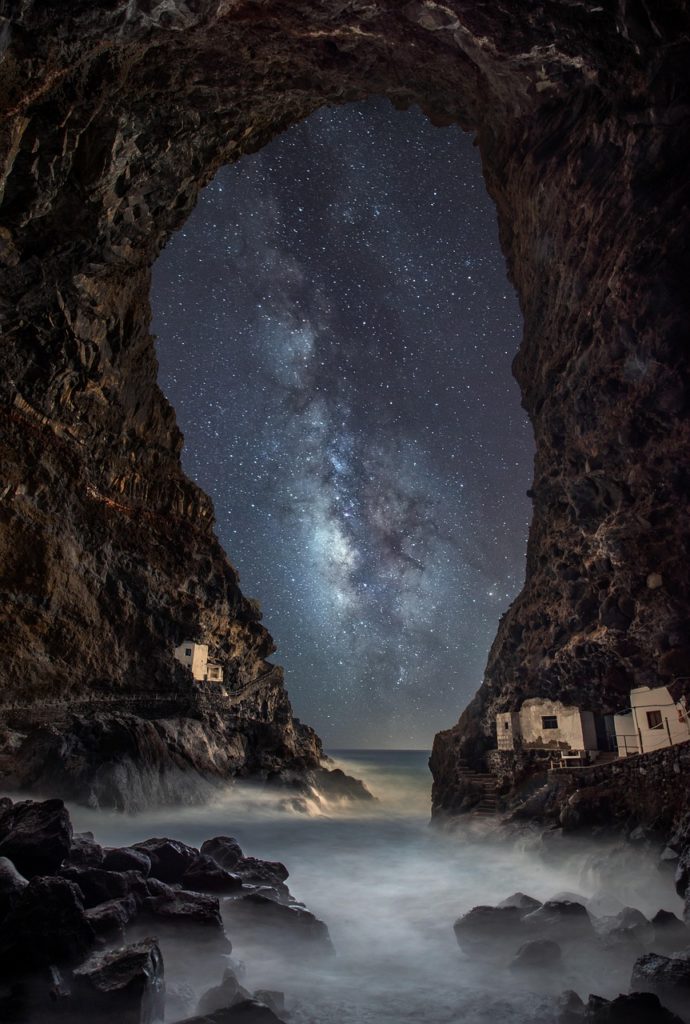If Earth is our model, a place where life is abundant even in the most remote regions of the planet, how can we imagine the rest of the galaxy – let alone a universe full of galaxies – is somehow void of living things?

Under the surface of the ocean, so deep that the pressure would crush a submarine, we have found life. A few short years – not decades – after Mount St. Helens errupted, life was teeming throughout the crater. Certain forms of life have been found impervious to the effects of nuclear radiation. Even Earth’s frozen poles sport their own forms of life.
In what we call the observable universe, some estimates suggest hundreds of billions of galaxies exist. At least one astronomer has suggested the average galaxy has 100 million stars. One study in 2020 suggested there could be as many as 300 million habitable planets in our galaxy alone.
From a theological perspective, If God is the source of life, and if God is present throughout the cosmos, how could the depths of space, the countless stars and planets, be lifeless?
From a speculative writer’s perspective, one has to wonder when interactions between species from other worlds will cease to be fictional science.
